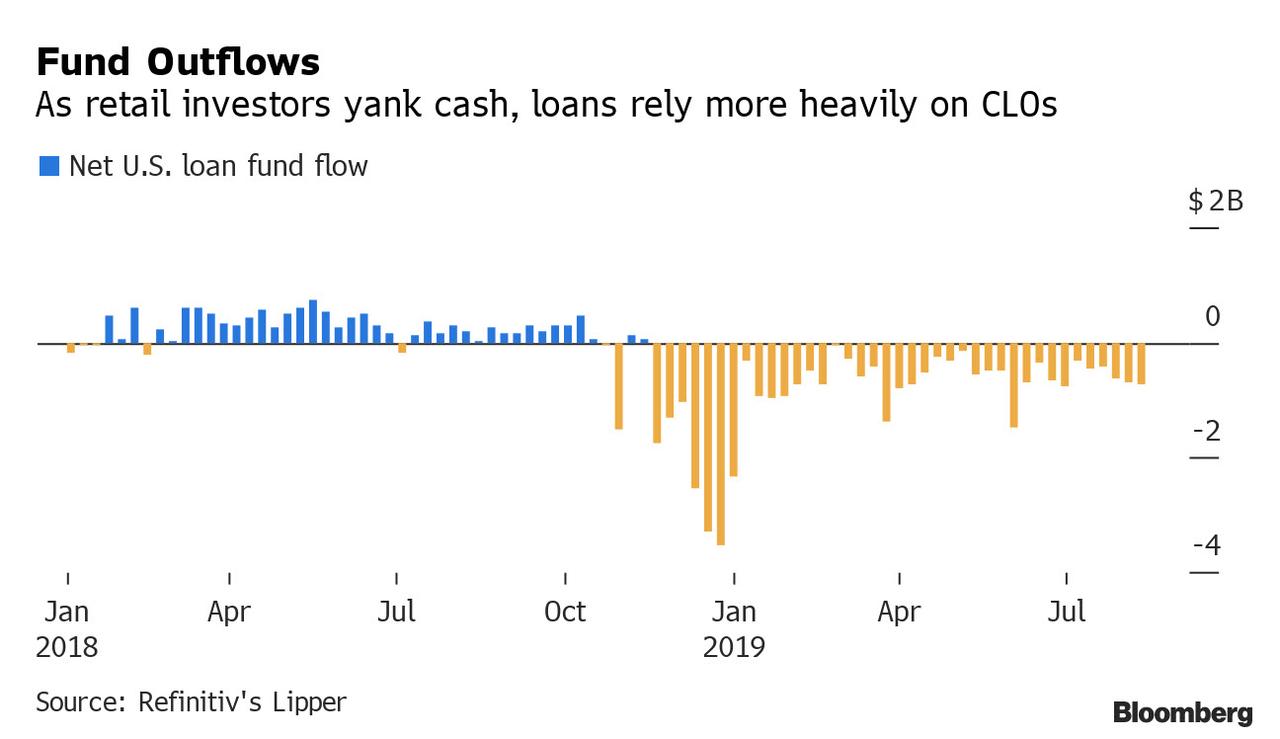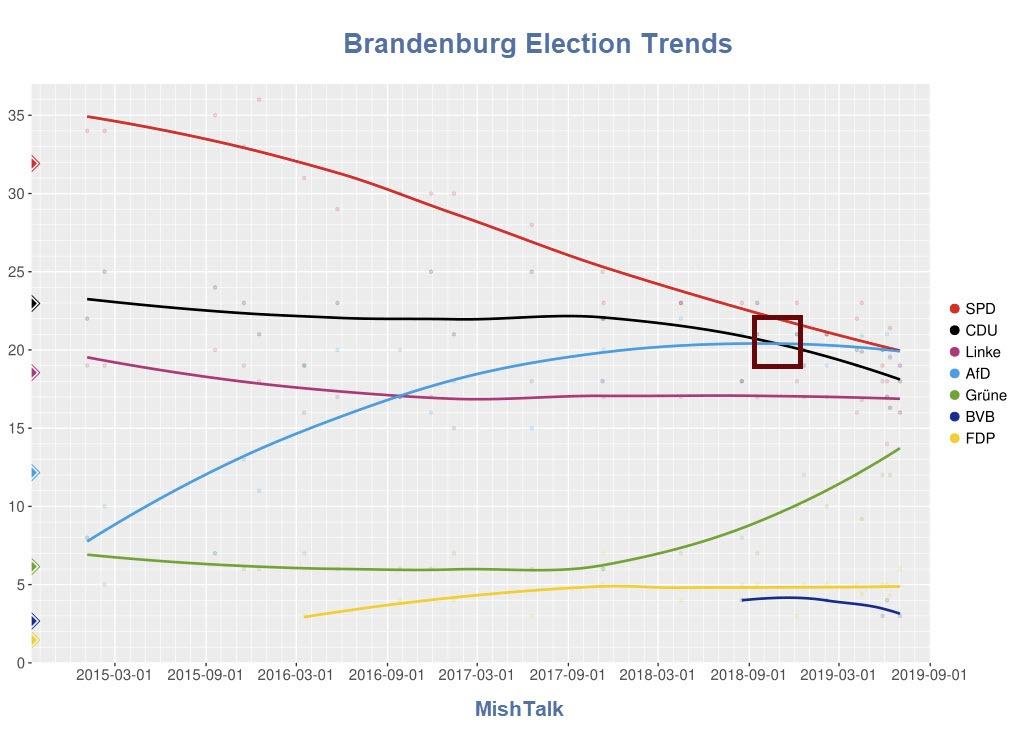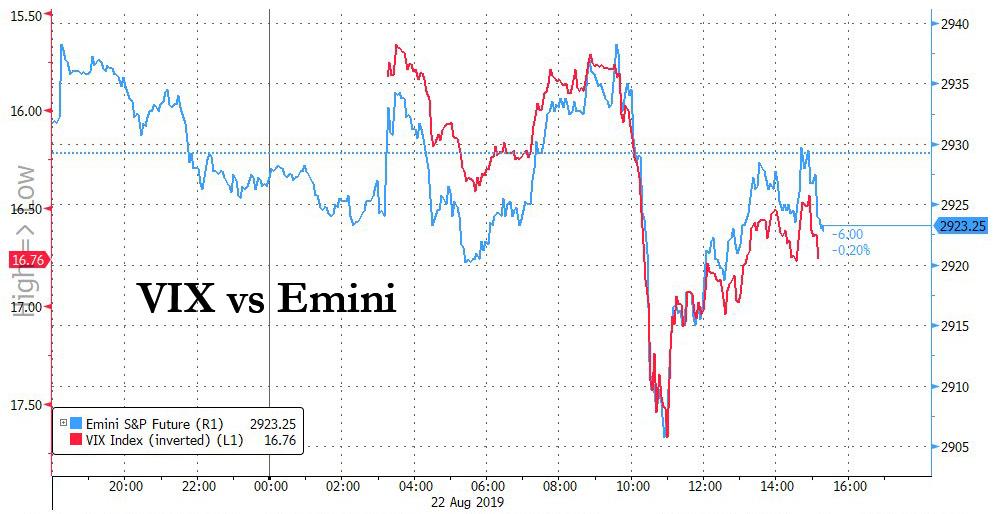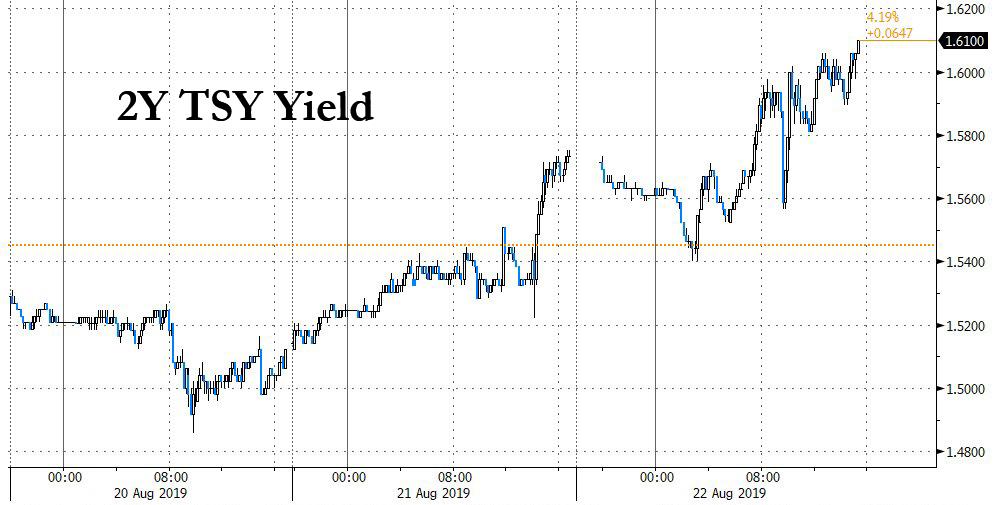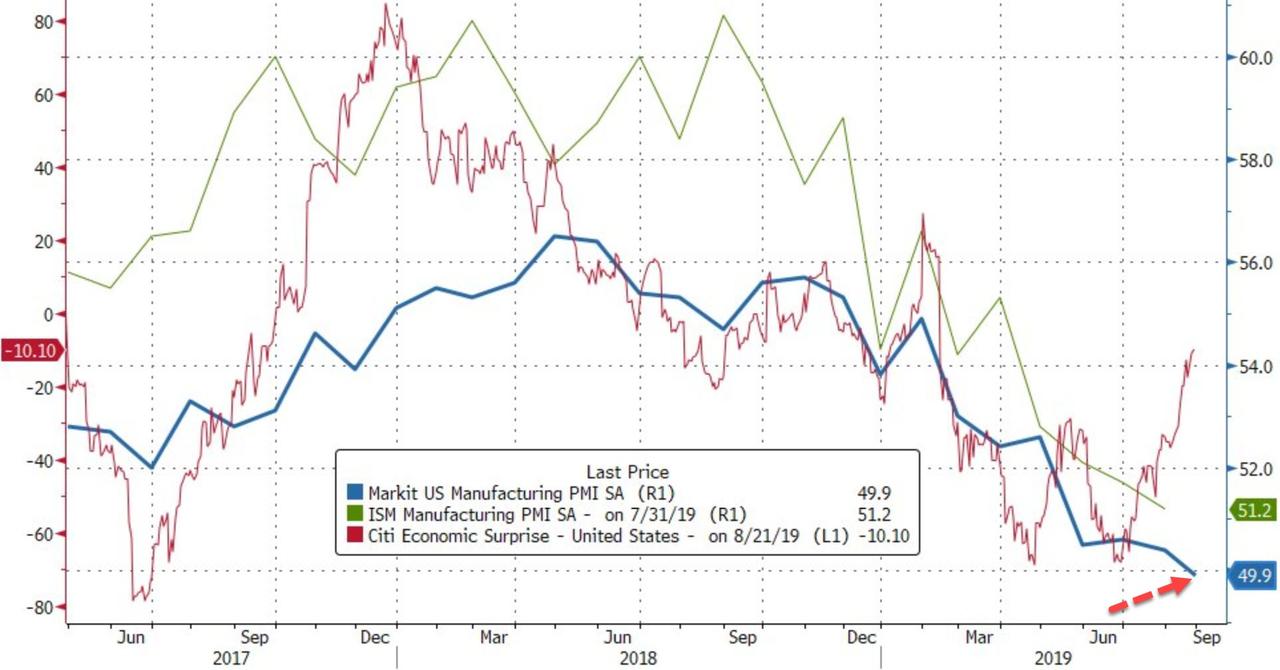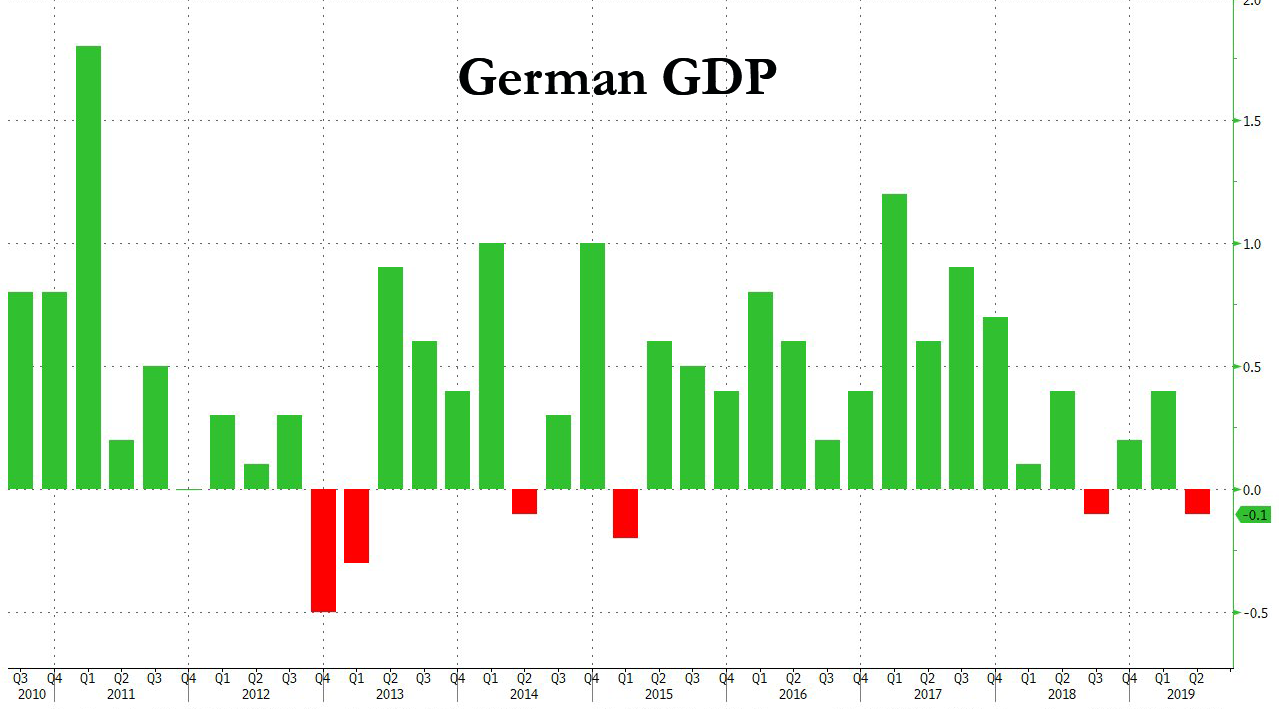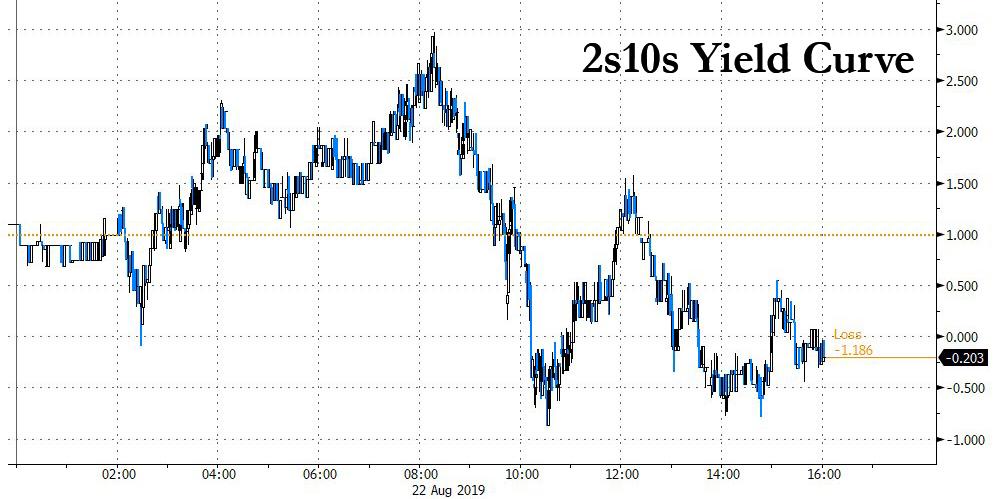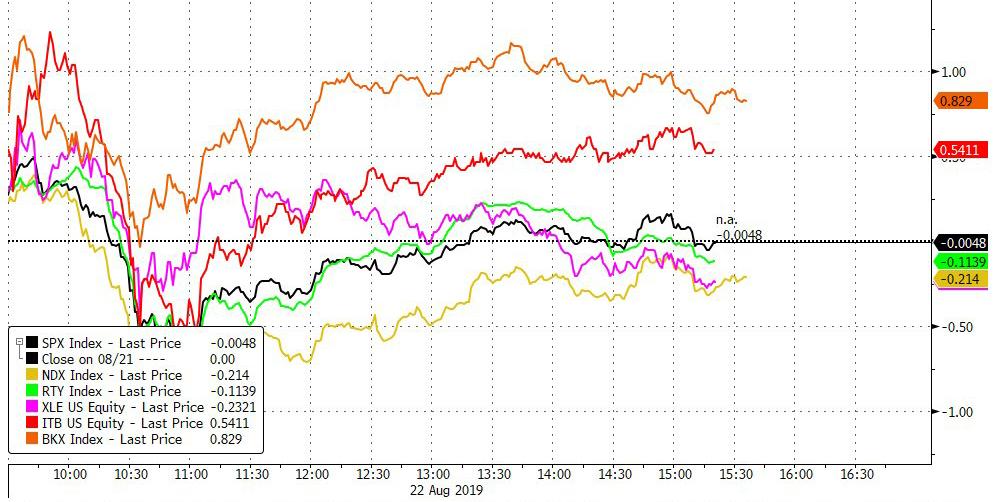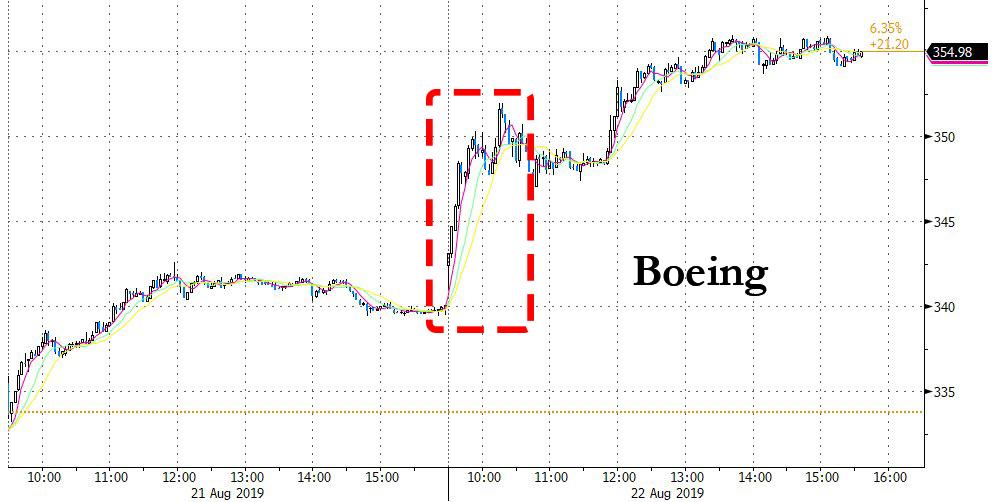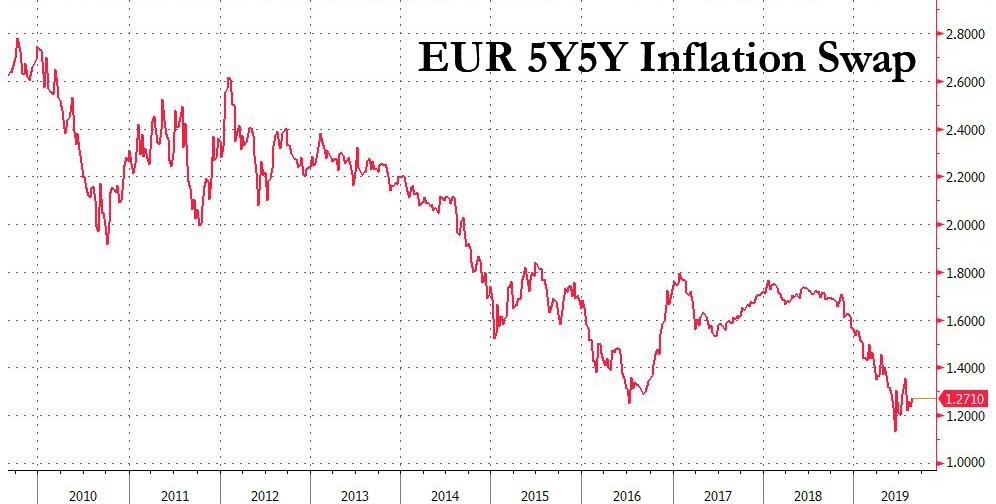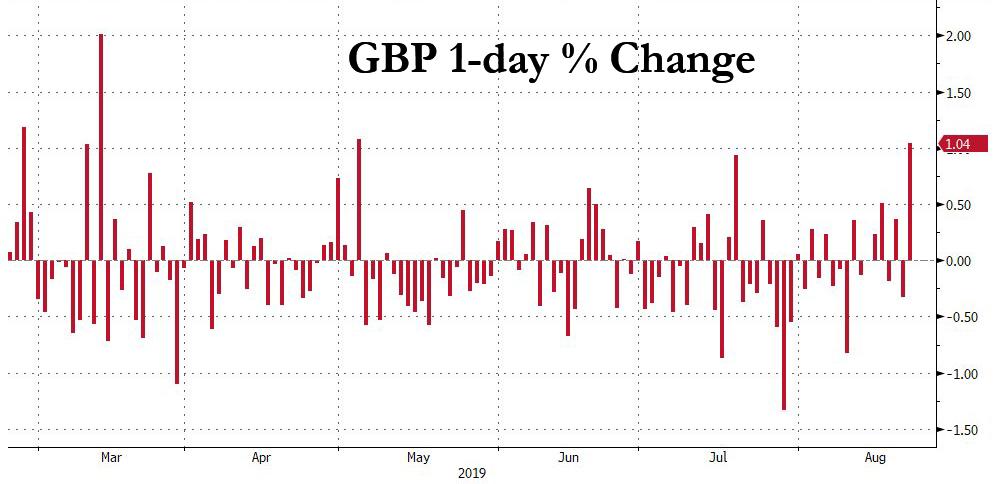A panel of judges for the U.S. Court of Appeals for the 9th Circuit has ruled that an officer with the Los Angeles Police Department (LAPD) is protected by qualified immunity after shooting a 15-year-old boy as he made his way to school. The decision joins a towering pile of case law upholding a legal doctrine that protects government officials from facing civil suits for actions that would land a regular person in the clink.
In February 2015, four teenagers convened near their school, forming a tight circle to dance and listen to rap music, as was their ritual prior to attending classes. Shortly after they turned off the music and began to prepare for class, Officer Michael Gutierrez fired into the crowd, striking Jamar Nicholson Green in the back. Another teen, Michael Sanders, was holding a plastic Airsoft gun replica with a bright orange tip; Gutierrez says he mistook it for a real weapon and believed Sanders was pointing it at another teen in the circle, Jason Huerta.
All four teens say that Gutierrez, who was not wearing a uniform, did not identify himself, nor did he give them verbal warnings to drop the toy gun. After shooting Green, Gutierrez and additional officers on the scene held the teens at gunpoint, face down on the ground. The teens explained that the gun was fake, but the officers still handcuffed the teens and detained them for five hours—even Huerta, who Gutierrez said he believed to be a potential victim. Green remained in handcuffs as he underwent a medical examination.
The panel for the U.S. Court of Appeals for the 9th Circuit wrote in summary that the shooting violated Green’s due process rights. “Under the circumstances, a rational finder of fact could find that Gutierrez’s use of deadly force shocked the conscience and was unconstitutional under the Fourteenth Amendment,” they said. Even so, “the panel held that because no analogous case existed at the time of the shooting, the district court erred by denying Gutierrez qualified immunity for this claim.”
In essence, because a similar case has not yet rendered a ruling applicable to Gutierrez’s actions, the judges ruled that those actions were protected by qualified immunity. The decision echoes a recent one in Georgia, where the U.S. Court of Appeals for the 11th Circuit ruled that Coffee County Sheriff’s Deputy Matthew Vickers was shielded from recourse after shooting a 10-year-old child in the knee while trying to shoot a non-threatening dog.
Both cases demonstrate the maddening nature of qualified immunity: State actors cannot be held to account unless a related precedent exists. But can how such a precedent come to be when civil servants keep hiding behind qualified immunity?
The 9th Circuit did, however, deny Gutierrez legal shielding for the teens’ 5-hour handcuffed detainment, which they said blatantly violated their Fourth Amendment rights. Writing for the majority, Judge Jacqueline Nguyen said that a jury should hear the case.
“We agree with the district court that under these circumstances, plaintiffs’ continued detention for five hours—well after any probable cause would have dissipated—and the use of handcuffs throughout the duration of the detention violated plaintiffs’ clearly established Fourth Amendment rights to be free from unlawful arrest and excessive force,” she said.
from Latest – Reason.com https://ift.tt/33PbtbO
via IFTTT
